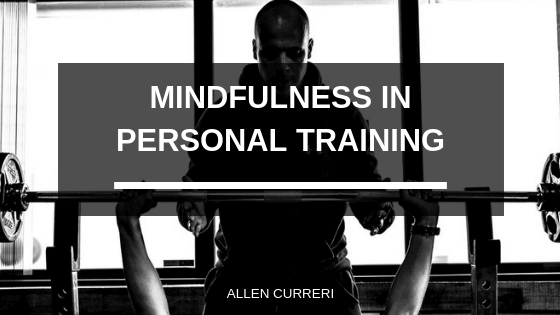Being at the gym and practicing mindfulness sound like two things from two different worlds. However, teaching mindfulness to participants at the gym can help them better understand how their body is performing and be able to give proper feedback to trainers. Too often trainers are faced with trainees who do not know how to give accurate feedback about the way their bodies are functioning in various intensities and positions.
Training is about achieving the perfect physical state. However, the state of the physical body is also influenced by the state of mind of the trainee. If the stress in their lives is too much, the training session will only be an insufficient part of the puzzle.
The stress that clients can experience affects their whole body, the immune system, their hormonal balance, and their metabolism. Stress causes various tensions in the body that in time can lead to more serious issues. The stress disconnects clients from their bodies. Physical activity along with relaxation techniques is a way to bring the client back into presence with their own body.
Breathing
Breathing is the first and foremost thing that people with mindfulness practices learn to observe. Breathing patterns are important in exercises because a good breathing pattern improves workout effectiveness, keeps the correct form, and helps one concentrate during the session.
A trainer can remind their clients when to inhale and when to exhale. Another way to get clients into the rhythm of a steady and breathing is to have a breathing session right before exercises. Trainers can also encourage their clients to make audible exhalations to release tension.
Meditation
Meditation is a method to help clients silent their minds. Unlike what is commonly thought about meditation, one can achieve the benefits of meditation by simply observing their breath and pausing their racing thoughts for 2 minutes.
Pain Feedback
No pain — no gain. Some people are afraid to go into exercising precisely because of the pain. Trainers place a great emphasis on knowing what kind of pain one feels when they exercise. In the best scenario, the client can accurately convey their perceptions of pain. What most people encounter as pain is just discomfort. Trainers must teach their clients to be mindful of their body’s responses and make the difference between discomfort and warning pain.


